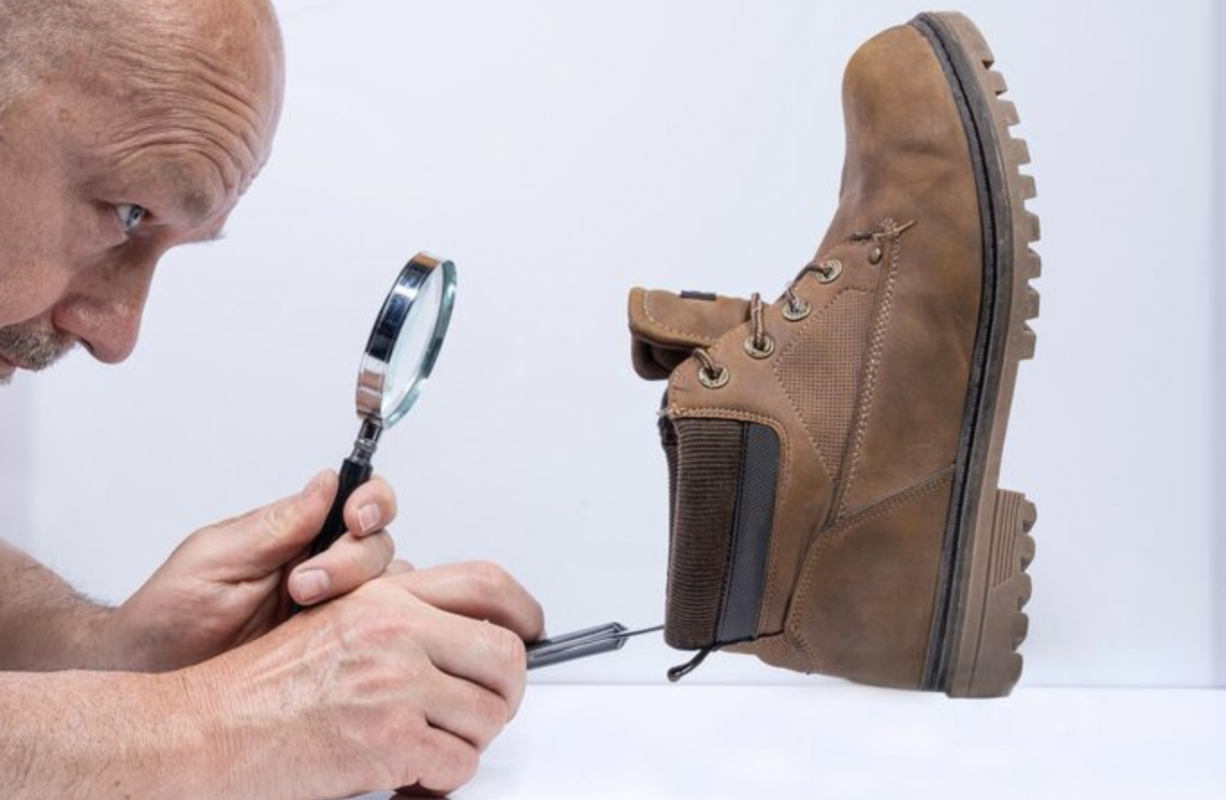
Formaldehyde Residue Testing in Footwear: Preventing Inhalation Risks
Formaldehyde Residue Testing in Footwear: Preventing Inhalation Risks
Contents
That strong smell from a new pair of shoes might indicate more than just "newness" — it could signal the presence of formaldehyde. Commonly used in adhesives, leather tanning, and textile treatments, formaldehyde may slowly off-gas and become an inhalation risk. This is where footwear manufacturing risk analysis plays a crucial role — and at the heart of that is accurate testing by a certified footwear testing laboratory.
What Is Formaldehyde and Why Is It Found in Footwear?
Formaldehyde is a volatile organic compound used in industrial processes such as:
- Leather surface treatment
- Glue-based assembly
- Textile finishing and stiffening
These processes are common in shoe manufacturing, especially for leather and composite-material shoes.
Health Risks of Formaldehyde Exposure
As formaldehyde evaporates, it becomes a breathable substance that may cause:
- Eye, nose, and throat irritation
- Breathing difficulties
- Skin allergies and rashes
- It is classified as a “probable human carcinogen” by WHO
How Does a Footwear Testing Laboratory Measure Formaldehyde?
Professional footwear testing laboratories follow standardized procedures for accurate detection:
1. Sample Preparation
Separate samples are taken from linings, uppers, adhesives, and textile components.
2. Solvent Extraction
Samples are treated with special solvents to extract any formaldehyde present.
3. Quantitative Analysis
Formaldehyde levels are measured in mg/kg using colorimetric methods or HPLC, and compared against legal limits.
Why Are Footwear Production Tests Essential?
Mandatory footwear production tests ensure that all manufactured shoes meet legal and safety standards before reaching consumers. This is especially critical for exports to the EU and other regulated markets.
Legal Limits for Formaldehyde
According to EU and Turkish regulations:
- Adult shoes: maximum 75–150 mg/kg
- Children's footwear: typically under 20 mg/kg
Safer Shoes Start with Scientific Testing
Invisible threats like formaldehyde demand visible action. Incorporating formaldehyde residue analysis into your footwear manufacturing risk analysis process protects both consumer health and brand integrity. Ensure your products are safe and compliant by partnering with an accredited laboratory service.
Frequently Asked Questions
1. When should formaldehyde testing be conducted?
It is recommended after production, before shipment, and during routine quality control.
2. Does every shoe need to be tested?
Especially shoes made of leather, textiles, or those intended for children should always be tested.
3. Which laboratories are qualified for such tests?
Tests must be performed by certified footwear testing laboratories with experience in international compliance.
Key Considerations
- Samples must accurately represent production batches
- Test reports should be valid for export and inspection
- All footwear components should be tested separately

